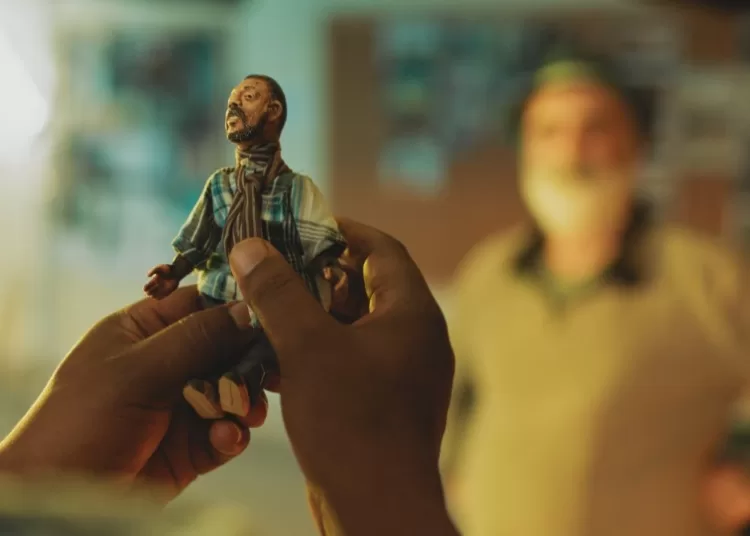Ruminating about past events cannot make us avoid past mistakes. The same ruminative reaction can, however, help us understand those events and learn lessons from the same mistakes.
Memories of situations from the past are central to The Mother of All Lies, a documentary by Moroccan writer and director, Asmae El Moudir, in which she dives deep into her memories, not to find answers, but to release her unspoken feelings and throw light on part of the history of her family and country.
El Moudir spent her childhood in a small district in the central-western Moroccan city of Casablanca, having been raised by a strict family that considered photography sinful. This deprived every family member of snapping their memories on camera.
El Moudir had a sole photo of her childhood, one that features a few school children. Her mother had once pointed at the smallest girl in the group and told her that the girl was her.
Shy and minute in comparison with other girls in the photo, El Moudir had a face that was far from clear. To her utter shock, she discovers later that she was not the girl featured in the photo.
El Moudir succeeds in getting a real photo of her, only at the age of 12, one captured in a photographic studio in her neighbourhood.
A scene of the Hawaiian Islands in the North Pacific Ocean makes the background of the photo, a common scene in the photos of most Moroccans at the time, according to El Moudir.
She takes viewers on a tour of her memories of her family in an artistic way.
To recreate the memories, she helped her father in building a miniature of her neighbourhood and worry dolls that look like different family members. Her mother also helped in tailoring costumes for the dolls and applying makeup to their faces.
This is how El Moudir recreates her past life. At a certain point, however, she invites other family members to look back on a tragic moment in this past life, namely the riots that erupted in her country on June 20, 1981 against the rise in the price of bread. Sorry to say, the riots turn bloody when security forces interfere. The events leave some people dead and others with post-traumatic stress disorder.
El Moudir remembers Fatima, a young girl who was shot dead during the protests. Fatima was El Moudir’s same age. In a creative scene of the documentary, El Moudir uses her worry dolls to film scenes of the riots in her districts, including the dead bodies and a vehicle taking the dead to their last resting places.
Although done with dolls, smoke and red lights only, the scene successfully delivers mixed feelings of wrath, loss, death, violence and oppression. With her camera, deep narration voice and music, the director excels in creating an action scene, even as there is no real action. El Moudir breaks the silence about this event in her family and community.
Beside those who were killed, those who were injured, and those who were left with stress disorders, many other people were put in jail. Abdullah, a family member, harks back to how he was taken to jail from his house.
El Moudir makes a creative scene, using a miniature prison with Abdullah using the trouble dolls to describe his prison mates and the hard times they went through.
The scene is filmed with dim lights and shadows to reflect the fear, anxiety and grief that Abdullah experienced at the time.
As events come to an end, and the different characters are done with their recollections of the past, they are able to take a group photo – with a scene from the Hawaiian Islands in the background.
In doing this, the different characters probably aim to deliver the message that they are finally able to prevail over their old traumas.
The Mother of All Lies is not a traditional documentary with interviews of people facing the camera. It is rather a feature-like film with a well-crafted story and creative stage-like techniques.






Discussion about this post